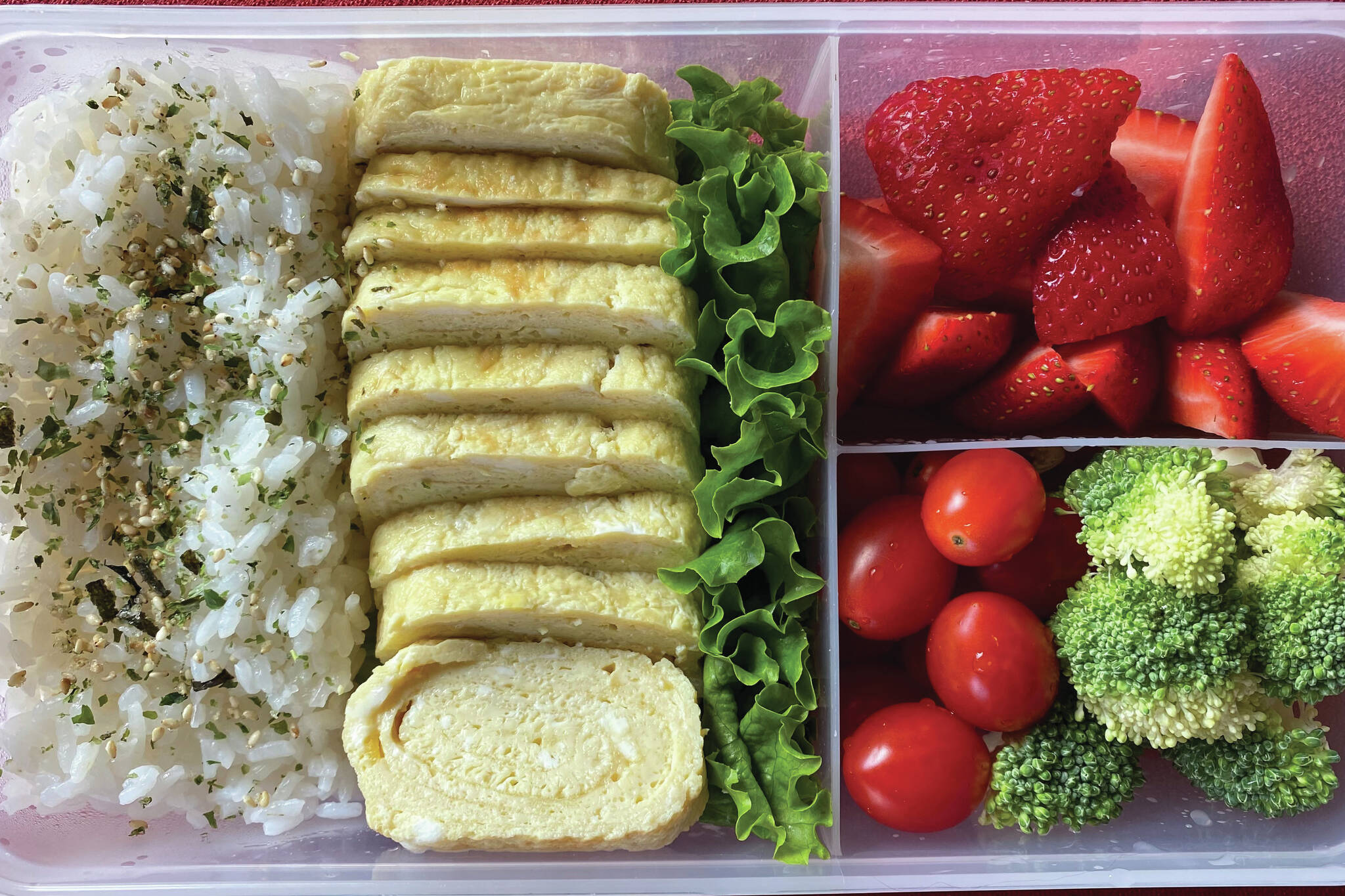My son recently came home from his grandmother’s house proudly carrying a red bucket. He beamed as he showed me his precious cargo: the first egg laid by the family’s new chickens.
Over the summer and fall we have watched the girls grow from fluffy, timid chicks to the lovely, friendly ladies they are today, and now they have begun providing us their eggs for our table — sometimes all six in a day. My in-laws could never keep up with their production on their own, so we have been receiving sporadic deliveries of fresh eggs since then (yes, I know I’m spoiled).
Unpasteurized eggs are more flavorful and a little more nutritious than store-bought eggs (the pasteurization process destroys some of the beneficial nutrients found in eggs) but you must exercise caution when preparing them.
Under no circumstances should you ever eat undercooked unpasteurized eggs — no runny yolks and no raw egg sauces or dressings. Fresh eggs can be used in almost any application you would use store bought eggs in, but I like to use these precious eggs in dishes that put their flavor front and center.
This Japanese-style rolled omelet makes an excellent protein for lunch and is commonly found in bento boxes alongside fresh rice and side dishes.
A special rectangular fry pan is often used to make these, but you can make them in a regular large nonstick pan just as easily — you’ll just have to cut off (and eat) the tapered ends if presentation is important to you. Dashi broth is normally added to the eggs for flavor, but chicken stock works well. A little sugar creates the signature sweet hint to these eggs, but you can skip the sugar if you like.
Tomagoyaki
Ingredients:
6 eggs
1 teaspoon soy sauce
½ teaspoon sugar (optional but recommended)
3 tablespoons dashi broth (or chicken stock)
Neutral oil for greasing the pan
Directions:
Thoroughly beat the eggs with the sugar, soy sauce and broth or stock. It is important that there are no lumps or irregularities in the eggs for the final texture and appearance, so beat the mixture until it is a smooth liquid.
Let the eggs sit for 5 minutes to allow any bubbles created by the mixing process to dissipate.
Heat your nonstick pan over medium heat. It is important to control the heat and keep it no higher than medium.
Lightly grease the pan before pouring in just enough egg to cover the bottom.
Allow it to cook until you can slide a rubber spatula under the edges.
Carefully fold the edge over and begin rolling the egg down until it is halfway rolled.
Scoot the eggs, being sure to keep the unrolled portion attached, to the edge of the pan.
Pour in enough egg to cover the bottom of the pan again.
Let that portion cook a little before continuing to roll.
Continue this process until all the egg has been used.
Roll the omelet all the way into a log and then carefully turn it and cook on all four sides for just a few minutes to finish cooking.
Remove from the pan and allow to cool before thinly slicing.
Serve with steamed rice, vegetables, and fruit for a healthy lunch.


